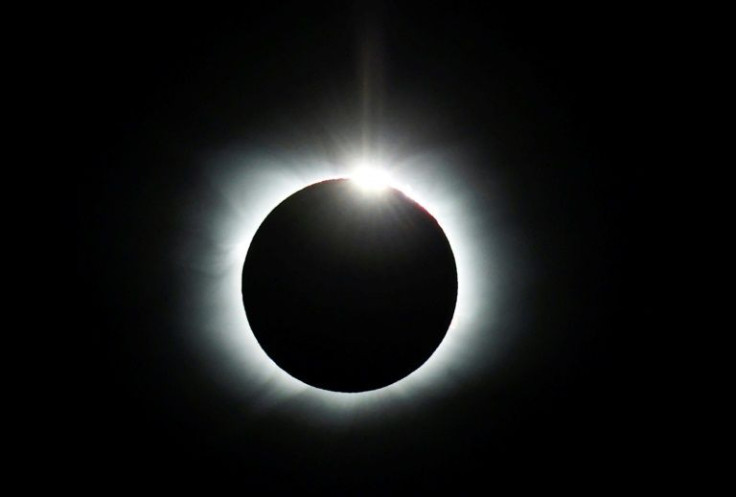
A celestial spectacle is set to captivate North America as a total solar eclipse traverses the continent from the Pacific to the Atlantic on April 8, 2024. The awe-inspiring event, anticipated for its rarity, will cast a shadow over Mexico, the U.S., and Canada, drawing enthusiasts and sky gazers to witness nature's grandeur firsthand.
The phenomenon occurs when the moon, in its orbital dance, aligns perfectly between the Earth and the sun, obscuring the sun's radiant surface and revealing the ethereal corona, or atmosphere, of the sun.
Reports from NASA indicate that the eclipse's trajectory will commence over the Pacific Ocean, making its way through Mexico, the U.S., and Canada, before concluding its journey over the Atlantic Ocean. The precision of this alignment delineates a narrow path of totality, spanning approximately 71 miles (115km) across, within which observers can witness the complete eclipse. Beyond this track, spectators can still experience a partial eclipse, albeit with decreasing visibility the further they are from the path of totality.
According to The Guardian, the timing of the eclipse varies across regions, with Mexico set to witness it between 11:51 AM ET and 1:32 PM ET, the U.S. between 2:27 PM ET and 4:35 PM ET, and Canada between 3:12 PM ET and 5:16 PM ET.
Notably, even in areas outside the path of totality, such as the western coasts of Ireland and Scotland, partial glimpses of the eclipse will be visible as the sun sets that evening.
For those eager to witness this celestial spectacle firsthand, preparation is key. Fred Espenak, a former astrophysicist at NASA Goddard Space Flight Center, emphasizes the significance of favorable weather conditions for optimal viewing. Clear skies are essential to ensure an unobstructed view of the eclipse, as even a single cloud can obscure the breathtaking sight.
In the U.S., the path of totality spans from Texas to Maine, with Texas, Oklahoma, and southeast Missouri offering favorable prospects for clear skies, as reported by ABC News. However, meteorologists caution that weather patterns can vary significantly on the day of the eclipse, urging viewers to monitor forecasts closely for the latest updates.







